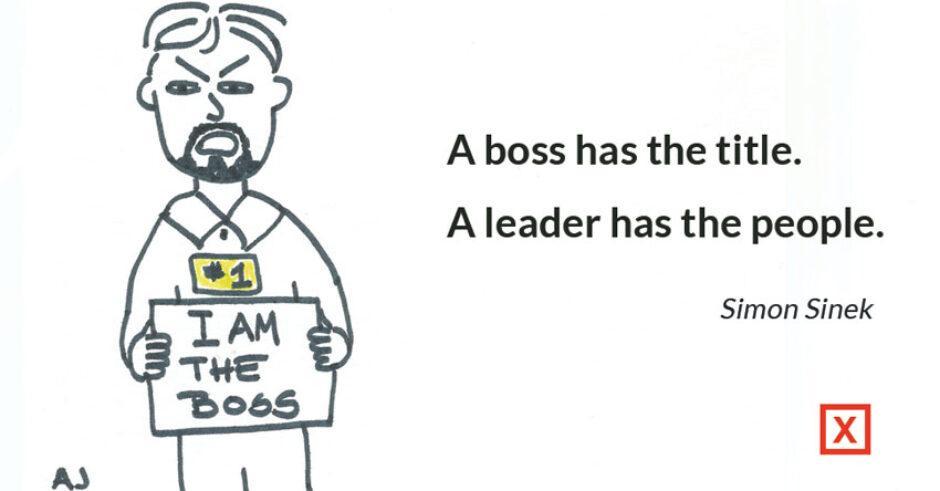Great leaders lead with influence, not with power and control.
In a workplace where power and control run the show:
- Bosses tightly control everything – approve every decision, manage every interaction, and oversee every meeting
- Burnout is common, and employee turnover is high
- Employees are over-managed and micromanaged
- Fear, coercion, threats, and intimidation are commonplace
- Innovation and creativity are non-existent
- Employees are disengaged and unmotivated
- Productivity dwindles – pressure keeps mounting
Here’s the thing:
Leading with power and control is ego-driven. The spotlight is on the boss. The underlining cause for power and control can stem from greed, anger, fear, insecurities…
… and it gets reflected (or dumped on) the employees.
Leading with authority and control is about getting noticed and recognized. Influence considers what is best for the team and the organization.
“It’s amazing how much you can accomplish if you do not care who gets the credit.”
Harry S. Truman
Power uses a one-way dialogue: demanding, barking orders. Only once voice is heard. Influence encourages open dialogue and creates a collaborative conversation.
Influence Leaders:
- Lead by example with clarity of vision
- Build trust and garner respect
- Teach principles and provide guidelines
- Create psychological safety – fostering growth
- Cultivate relationships and spread praise – fuelling innovation and creativity
Employees feel appreciated, inspired, and empowered. Engagement and productivity increase. Employee retention strengthens.
Great leaders influence and inspire others to do what needs to get done.
A leader who leads with influence is a mentor, a teacher, a guide, and a catalyst.
Great leaders inspire creativity, innovation, and empower others to greatness.
There are many ways to get started… One of the simplest ways – is to ask:
“How can I help?”
“Leaders become great, not because of their power, but because of their ability to empower others.”
John Maxwell





